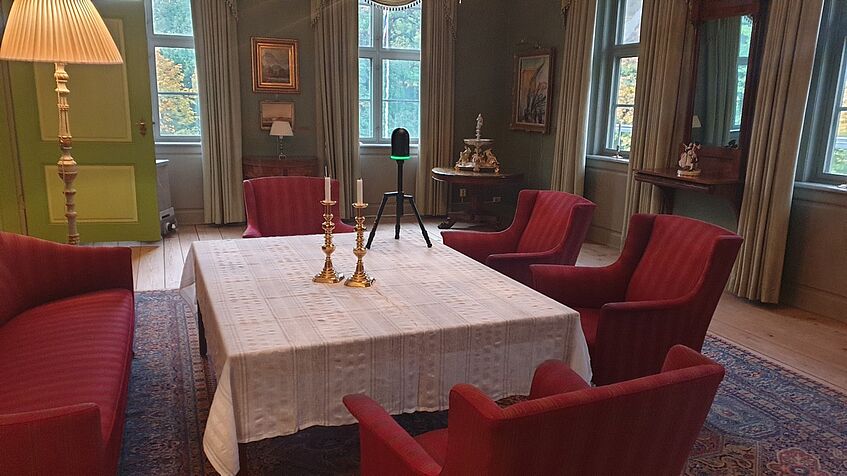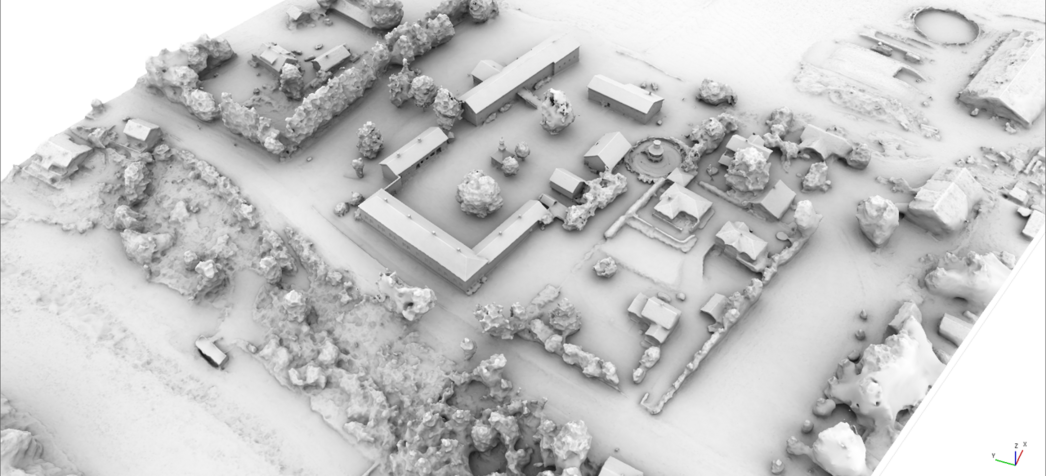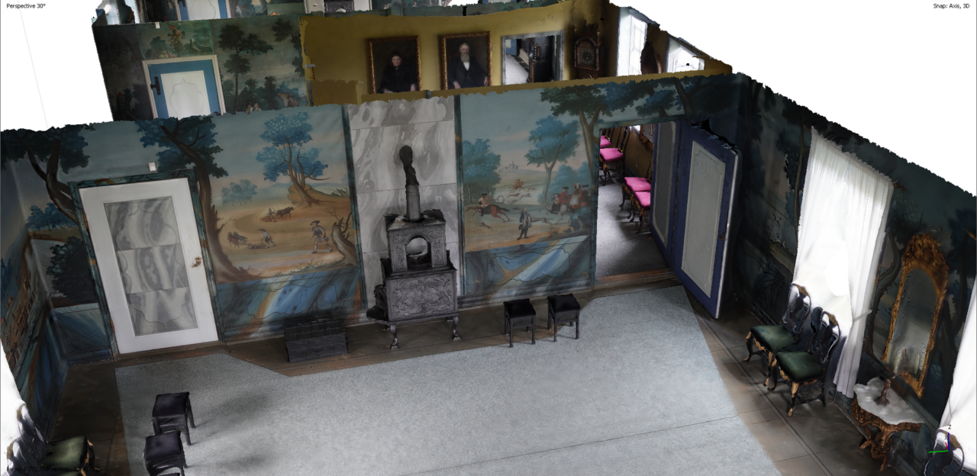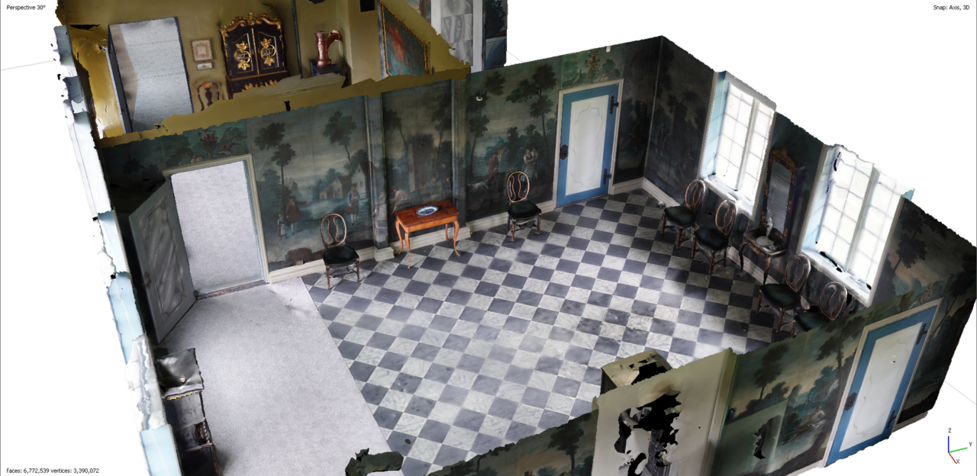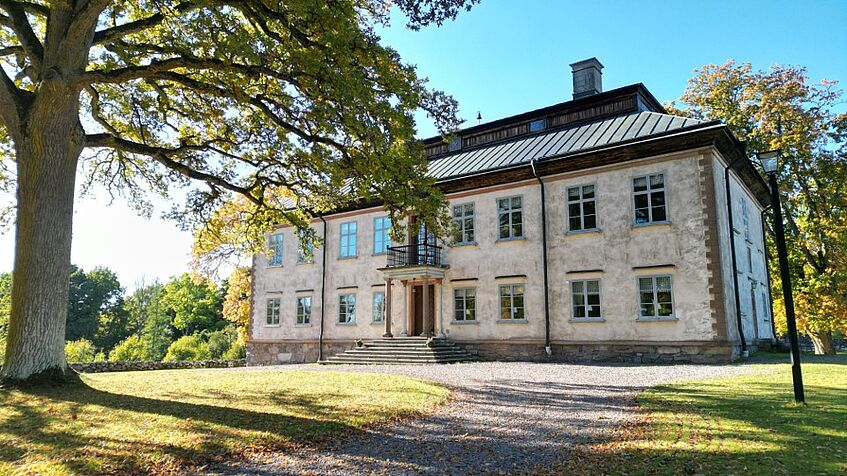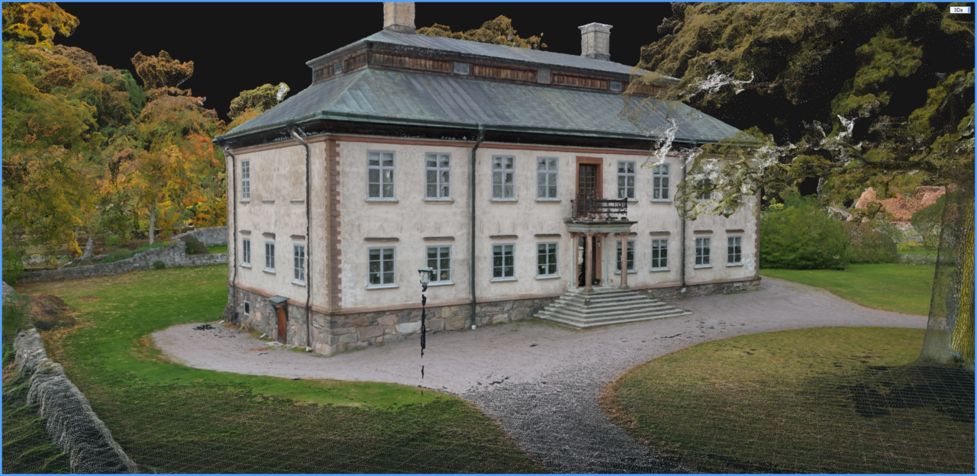Cooperation with the Research Centre for Manors in the Baltic Sea Region at the University of Greifswald
Immo Trinks
The research project of the Research Centre for Manors in the Baltic Sea Region based at the University of Greifswald, is dedicated to the digital recording and interdisciplinary study of manor houses and their estates in the Baltic Sea region since 1650. These estates are a central component of the unique cultural landscape of this region and today extend across ten countries. During the three-year funding phase, research will focus on selected properties from the 18th century, a heyday of manor houses and estates in the Baltic Sea region. The project is funded in equal parts by the Ministry of Science, Culture, Federal and European Affairs of Mecklenburg-Vorpommern and the Federal Government Commissioner for Culture and the Media.
The project objectives include the collection of basic data on manor houses in the Baltic Sea region, the detailed documentation of around 20 selected reference objects from the 18th century in countries bordering the Baltic Sea and Norway, and the development of an optimised workflow. Modern imaging methods and techniques for documenting the objects play a key role in data collection and analysis.
The Vienna Institute for Archaeological Science is supporting the project with expertise in 3D documentation, photogrammetry and 3D laser scanning. In collaboration with experts from GeoSphere Austria, who are carrying out high-resolution georadar measurements of the area surrounding the manor houses, a comprehensive picture of the facilities under investigation is being created. These collaborations enable a new dimension of data collection and analysis that integrates not only architectural, but also historical and archaeological aspects in order to develop a comprehensive understanding of the cultural landscape.
VIAS has so far completed the digitisation of manor houses in Norway (Fossesholm, Elingaard, Hafslund), Sweden (Stola), Germany (Tützpatz, Putbus), Finland (Nuhjalan Kartano), Lithuania (Biržuvėnai), Latvia (Zlēkas, Ungurmuiža, Rundāle Castle, including the Golden Hall) and Estonia (Hiiu-Suuremõisa mõis, Kolga mõis) and uses the project to study new methods for integrating 3D surface and subsurface data for comprehensive, realistic documentation of the environment. A practical question addressed by VIAS in this project is how high-resolution 3D models can be effectively displayed online and used by third parties such as architects, historians and art historians in an interdisciplinary way.

